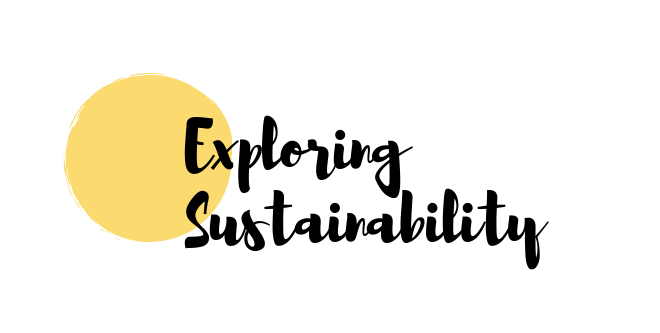At a time when food security is being affected by climate change how do we continue to work towards ensuring healthy food is available for everyone around the world?
The concept of food security is built on four key pillars:
- Availability – the production and supply of food
- Access – physical and economic ability to purchase food
- Use – sufficient intake of a variety of nutritious food for energy and nutrients
- Stability – consistency of the other three pillars over time.
If one of these pillars is compromised, the system suffers and people are at risk of food insecurity.
How climate change is effecting food production and supply
There are a number of factors that impact on food security and climate change is one of them.
Climate change is already impacting the quantity of crops, through poor crop yields or lost crops due to extreme weather events. This in turn effects access to food and the stability of the food production system.
It is less well know that climate change is also impacting the quality of our food, its nutritional value. Research has found that the nutritional value and micro-nutrient content of foods, including staple crops such as wheat and rice, are effected when there are higher levels of carbon dioxide in the air.
As we now live in a time of increased temperatures, variable rainfall and more extreme weather events, we must all adapt to meet the challenge climate change poses to food security.
How farmers are meeting the challenge
Regenerative agriculture
Regenerative agriculture is having great success in restoring farm land and soils, and is contributing to thriving food production across a range of settings.
Regenerative agriculture is not a one size fits all, but rather relies on land management techniques that can be tailored to local conditions and circumstances. These techniques include things such as applying organic composts, incorporating green manure or cover crops, encouraging natural biological cycles and nutrient transfer in the soil, and managing grazing and animal impacts to develop the ecosystem rather than degrade it.
These practices are leading to increased crop yields and profits for farmers, improved soil health, more diverse ecosystems, decrease or cessation of chemical use, and the production of healthier and more nutritious food. Best of all these practices are regenerating rather than degrading the land and making it more tolerate climate extremes such as droughts and floods.
Infrastructure and technology
The development and investment in infrastructure to mitigate against climate change is also becoming more and more common. This includes large scale structures that can protect crops from hail and storm damage, as well as from extreme heat and sun damage.
Technology is also being used to better monitor and track crops and livestock. This gives farmers access to information that can inform their day to day operation and land management, and has the added benefit of time and cost savings.

How communities are meeting the challenge
Food security is an area where the saying “think global, act local” really does apply.
A large amount of food waste happens during harvest and sorting because of quality standards set by retailers on fruits and vegetables. Perfectly good food is being wasted because it is not the right size, shape or has a minor blemish.
Some retailers are pushing back against these cosmetic standards by stocking ‘ugly’ ranges. This is significant because it stops this food being wasted and shows respect for the valuable resources that were used to produce the food. These less beautiful foods are usually cheaper for the consumer too, meaning more people are able to afford fresh and nutritious food. An important pillar of food security.
In a global market, we have become accustomed to a variety of food being available regardless of the season. While food exports and imports will continue, the expectation that all kinds of fruits and vegetables will be available year round is not sustainable.
Seasonal eating has gained significant momentum in recent years with restaurants, celebrity chefs and home cooks all using recipes that draw more on local seasonal produce. This is a sustainable trend we should all continue to embrace.
Why we take action
Climate change is already starting to impact on food security around the world. To ensure there is enough food available to feed the growing human population, we need to rethink both how food is produced and our consumer expectations.
Farmers are adjusting to the reality of a changing climate and as consumers we also need to adjust our expectations around cosmetic standards for food and when foods will be available throughout the seasons.
How we can take action
- Try growing herbs and vegetables at home, or at a community garden.
- Purchase your fruit and vegetables direct from the producers at your local farmers market.
- Eat seasonally, to reduce demand for food to be transported from other parts of the world.
- Support growers that are investing in their soil health and turning away from high chemical use.
- Reduce, or even eliminate, your meat consumption to allow more land to grow crops for human consumption.
Fanzo,J, Davis C, McLaren R, & Choufani J. (2018). The effect of climate change across food systems: Implications for nutrition outcomes. Global Food Security, Vol 18, p12-19.
Food and Agriculture Organisation of the United Nations, (2008). An Introduction to the Basic Concepts of Food Security. EC – FAO Food Security Program.
Food and Agriculture Organisation of the United Nations, (2019), Retrieved from http://www.fao.org/world-food-day/home/en
Soils for life. (2018). Why are soils important. Retrieved from http://www.soilsforlife.org.au/about/why-are-soils-important.html
